STRATEGIC PLAN | INCLUSIVE EXCELLENCE
Inclusivity is Not a Checkbox
February 27, 2024 ·
Contributed by: Khaled Hassanein, Dean, DeGroote School of Business

Business needs more meaningful inclusivity. To me, this is not an item to check off on your to-do list – it is a central part of your organization’s potential to thrive.
Inclusivity is about everyone having a sense of belonging, recognizing that each of us makes multi-faceted contributions to our communities and the understanding that this mosaic of contributions is what defines our culture’s true diversity.
Creating an environment where each member of our community feels like they belong doesn’t come easy. It must be woven into all our practices – from the way we recruit students, staff, and faculty, to how we connect with and treat them once they are here, and how we continue to engage with them once they move on as alumni.
Fostering a sense of belonging
Fostering diversity and a sense of belonging is not only the right thing to do – it is also a good business decision.
Research shows that the productivity of organizations increases with diversity. When organizations support diversity, they make better decisions and give people a higher sense of belonging that can reduce turnover.
Students, alumni, faculty, and staff bring their own unique perspectives and experiences to our learning environment at DeGroote. Appreciating and accepting our differences makes us stronger and better prepares our students for a future business world that must be representative and inclusive.
A defining moment
Early in my career I experienced a defining moment – it was the first time I encountered clear discrimination.
In my fourth year as a PhD student, I applied for a teaching assistant (TA) position. This was a course I had been a teaching assistant for many times before, so I was puzzled when I didn’t get the job. I went to the instructor, whom I never met before, and asked why I didn’t get the position. His response was that he thought I wouldn’t be good at speaking English which would undermine the students’ experience. So, I asked what led him to that assumption. He was very forthcoming and said, “your name”! Ironically, he had ended up hiring a fresh master’s degree student who had just arrived from my same country of origin but happened to have a western sounding last name. As I explained the situation to him in fluent English, he was very apologetic indicating his inability to rectify his error at that stage.
The application process was fundamentally flawed and failed both me and the professor. The professor was just given the names of applicants with no information on their previous job experience or language proficiency. The process encouraged unconscious bias leading him to decide based solely on names rather than qualifications relative to clear job criteria.
I took it upon myself to lobby the department to change their TA hiring process to include a more detailed application where candidates list their qualifications, proficiency in English, and previous teaching experience. That change was implemented, and it highlighted for me that you always need a carefully thought-out process to support equity and inclusivity.
Taking steps to create an inclusive learning environment
At DeGroote we are serious about diversity and inclusion. We recently hired an EDI specialist and have created an EDI Committee to engage our community, have open and constructive discussions, and make recommendations to better support equity-deserving communities and inclusivity at DeGroote.
In our instructional spaces we are challenging one another to think carefully about the business cases we use, as well as the activities and guest speakers featured in the classroom. In addition, we are taking a close look at the class dynamics to ensure a range of different student voices make up each class.
In my own teaching, I make sure students feel safe in sharing their perspectives. There is something powerful about bringing together individuals with a variety of learned and lived experiences and leveraging that diversity in the classroom. It is transformational to have a classroom with this level of inclusivity in discussions.
Embrace diverse perspectives
If I could share a few words of advice, I would encourage us all to be open to different ideas and transcend differences in how we look or sound. There is so much we can learn from different views and perspectives, and it is these unique perspectives that truly enrich the learning experiences in our community.
It comes down to how we teach and train our students both inside and outside the classroom. These learning experiences and connections with a wide array of diverse perspectives will be reflected in the kind of employees, managers, and leaders our students will become when they pursue their careers.
Again, inclusivity is not a checkbox or a mere action item, and we do not suddenly reach a point where inclusivity is fully achieved. It is a constant state of wanting to do better, of living our values, and continuously improving in the ways we provide safe and engaging environments for our entire community to meaningfully contribute towards our collective mission.

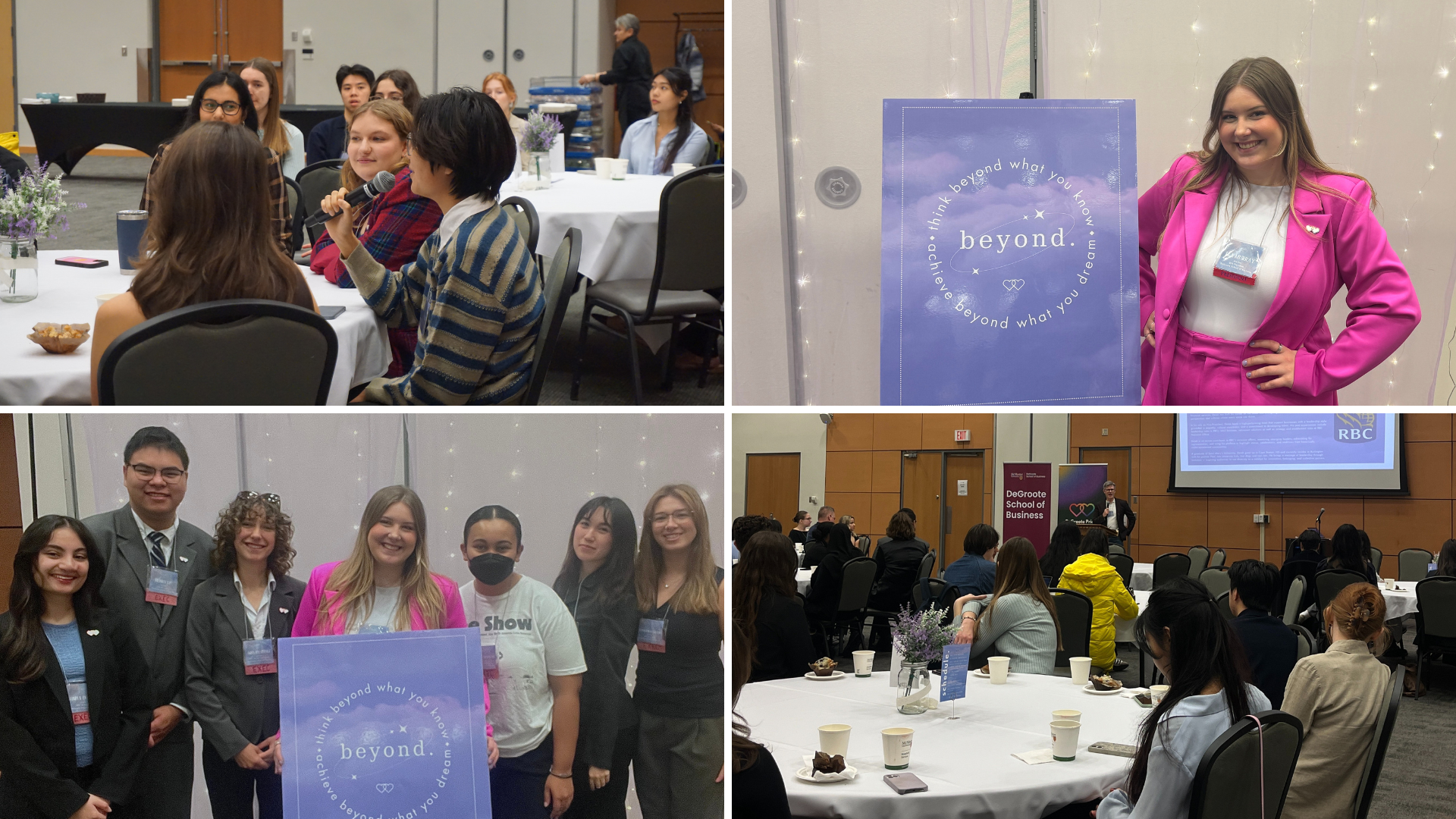

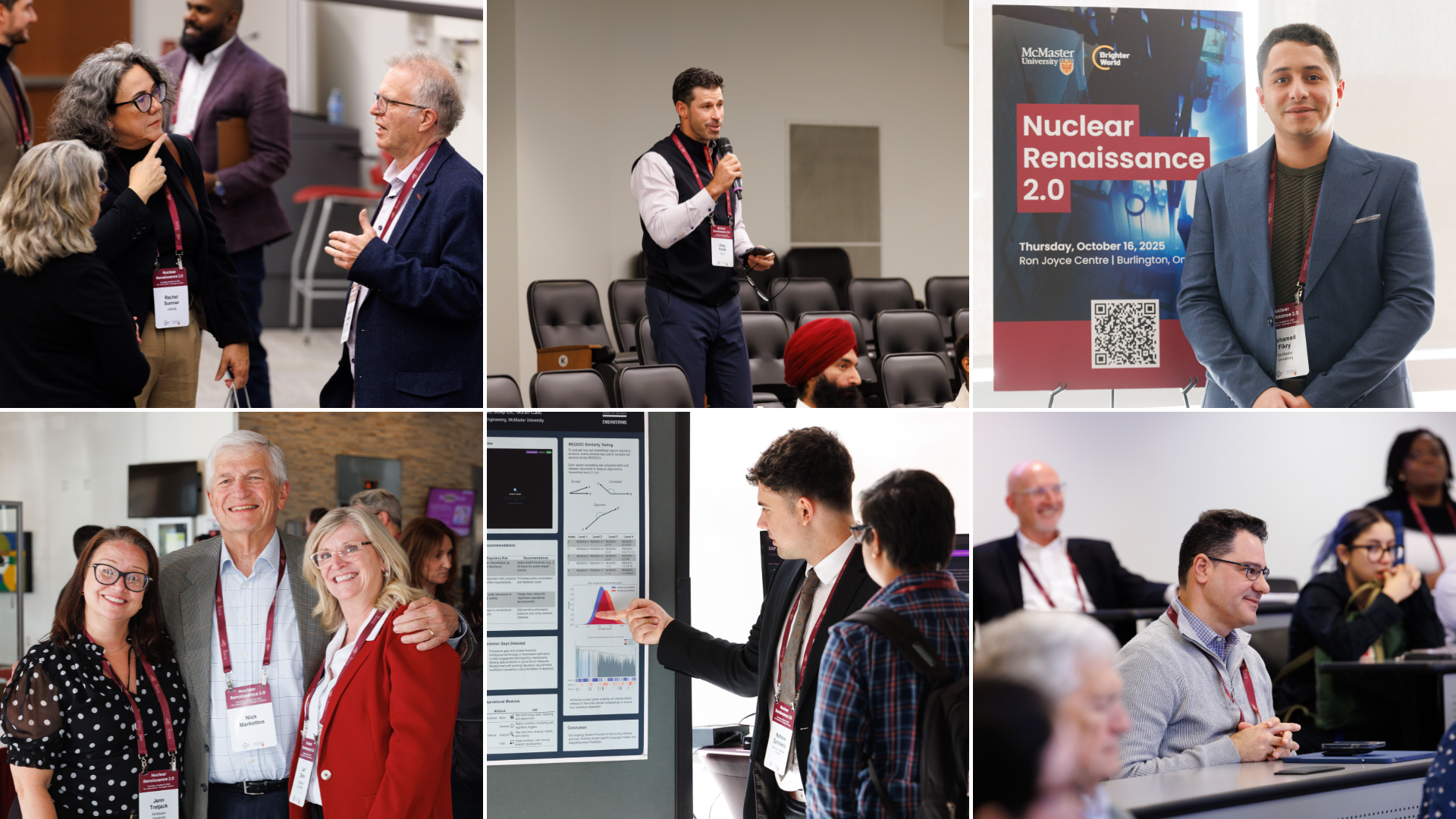

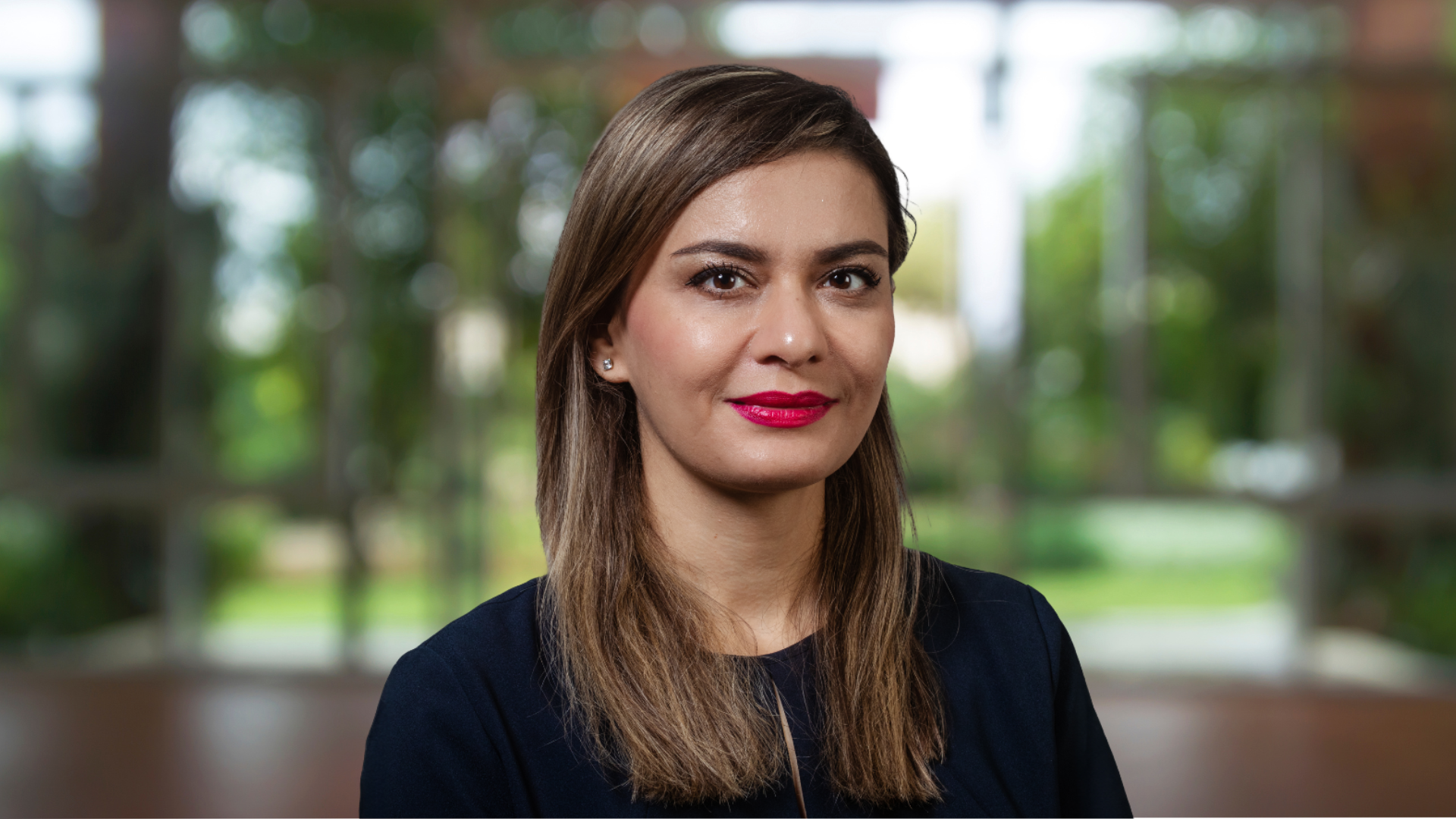
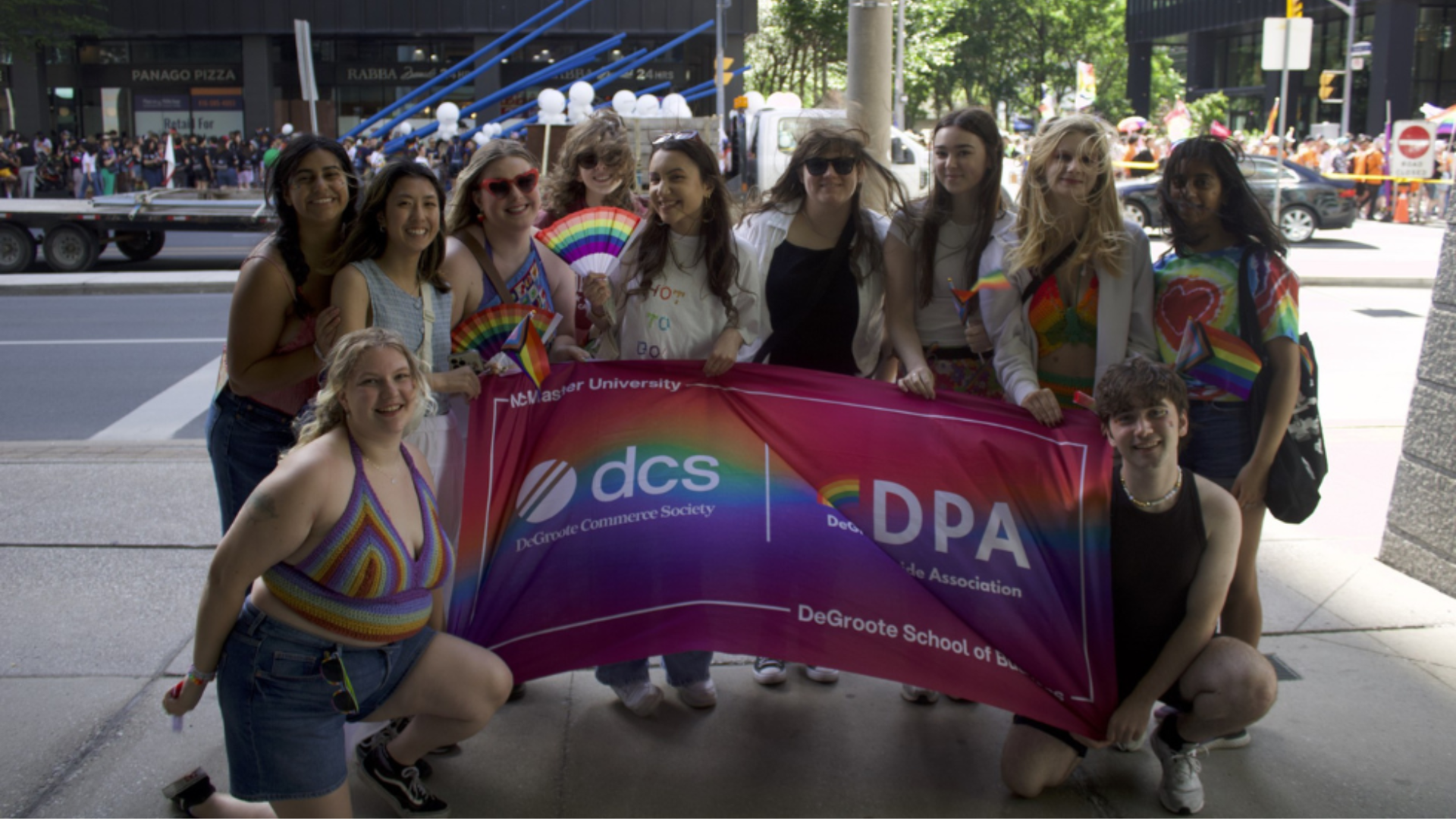

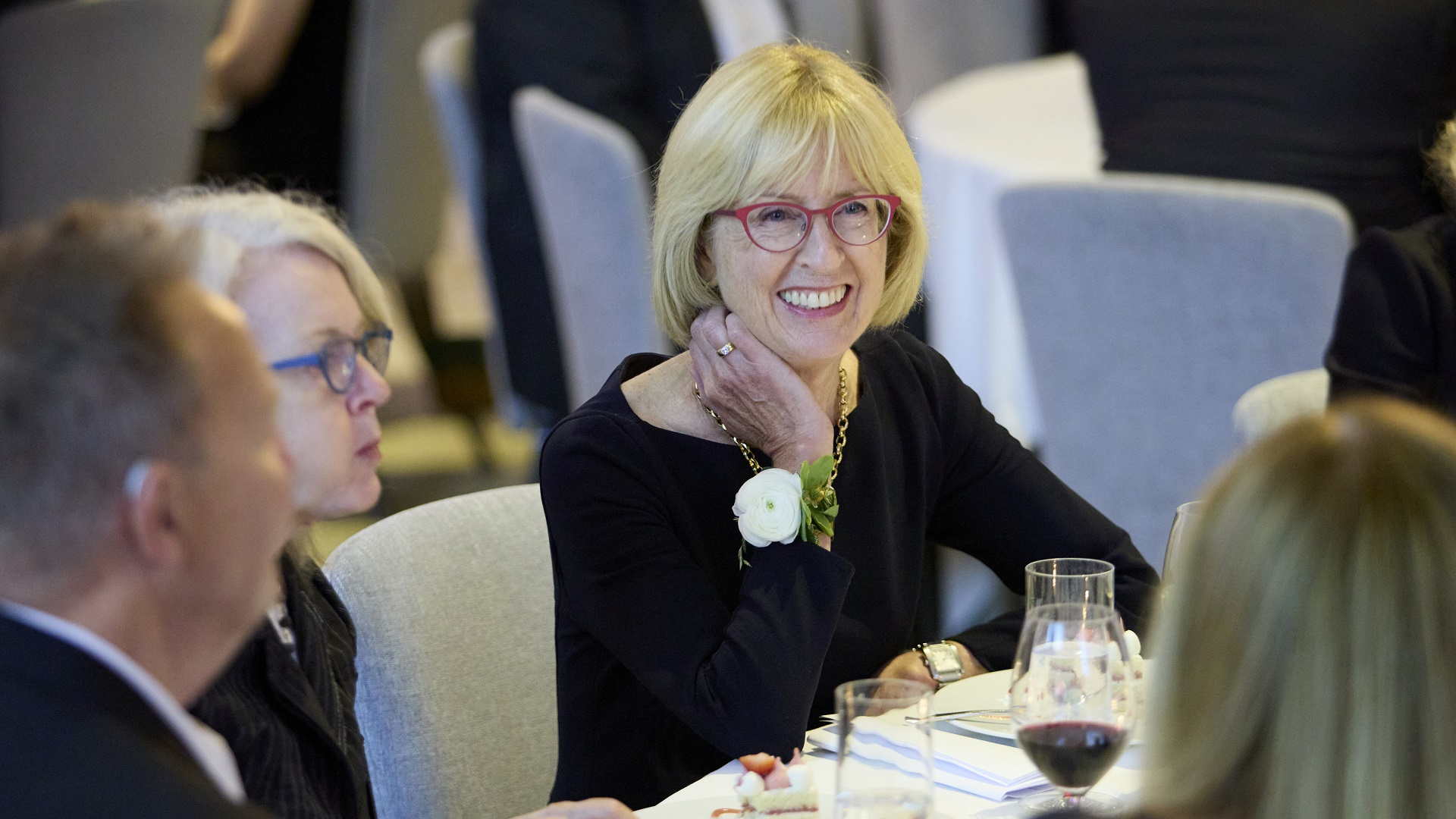

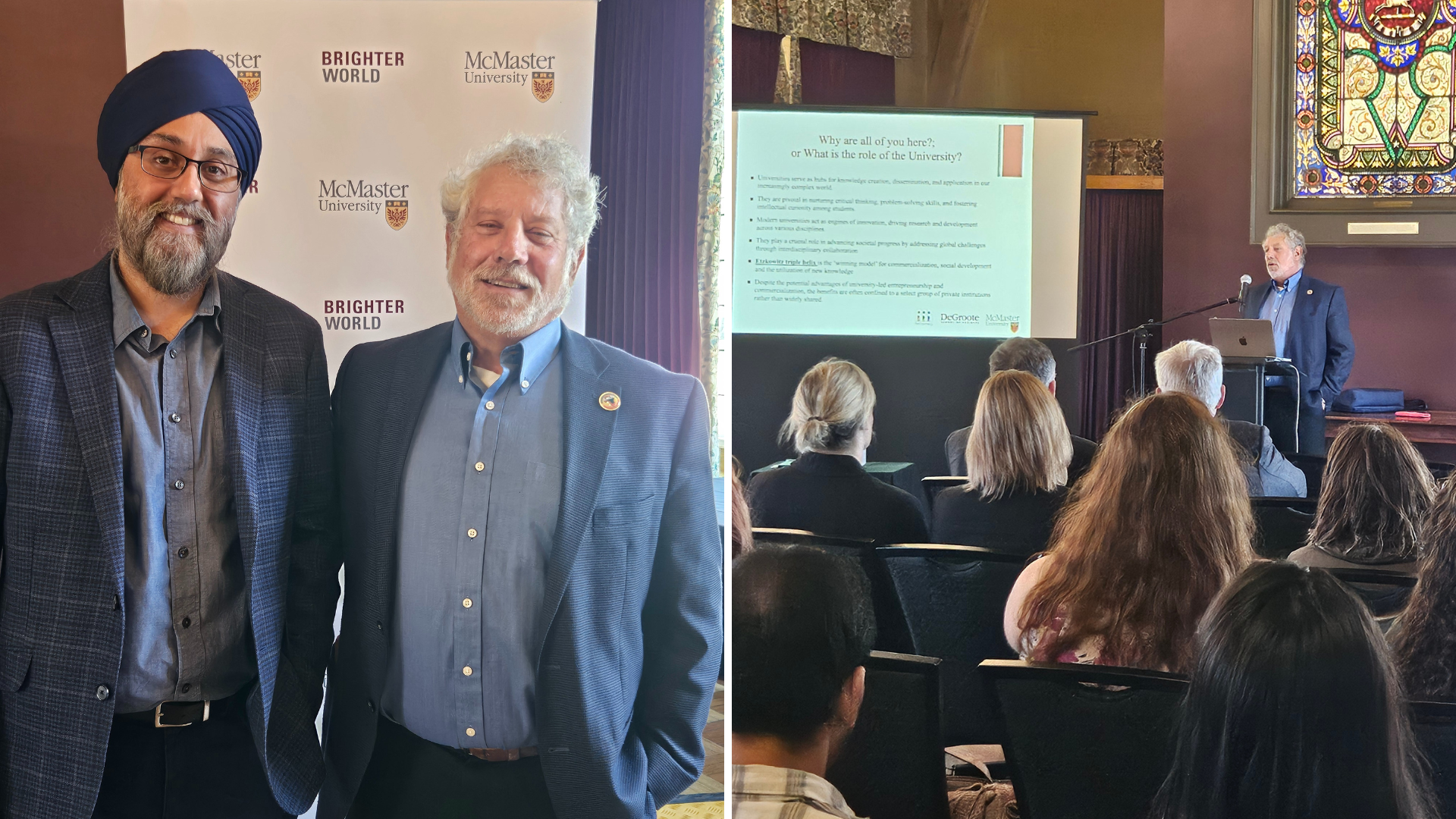
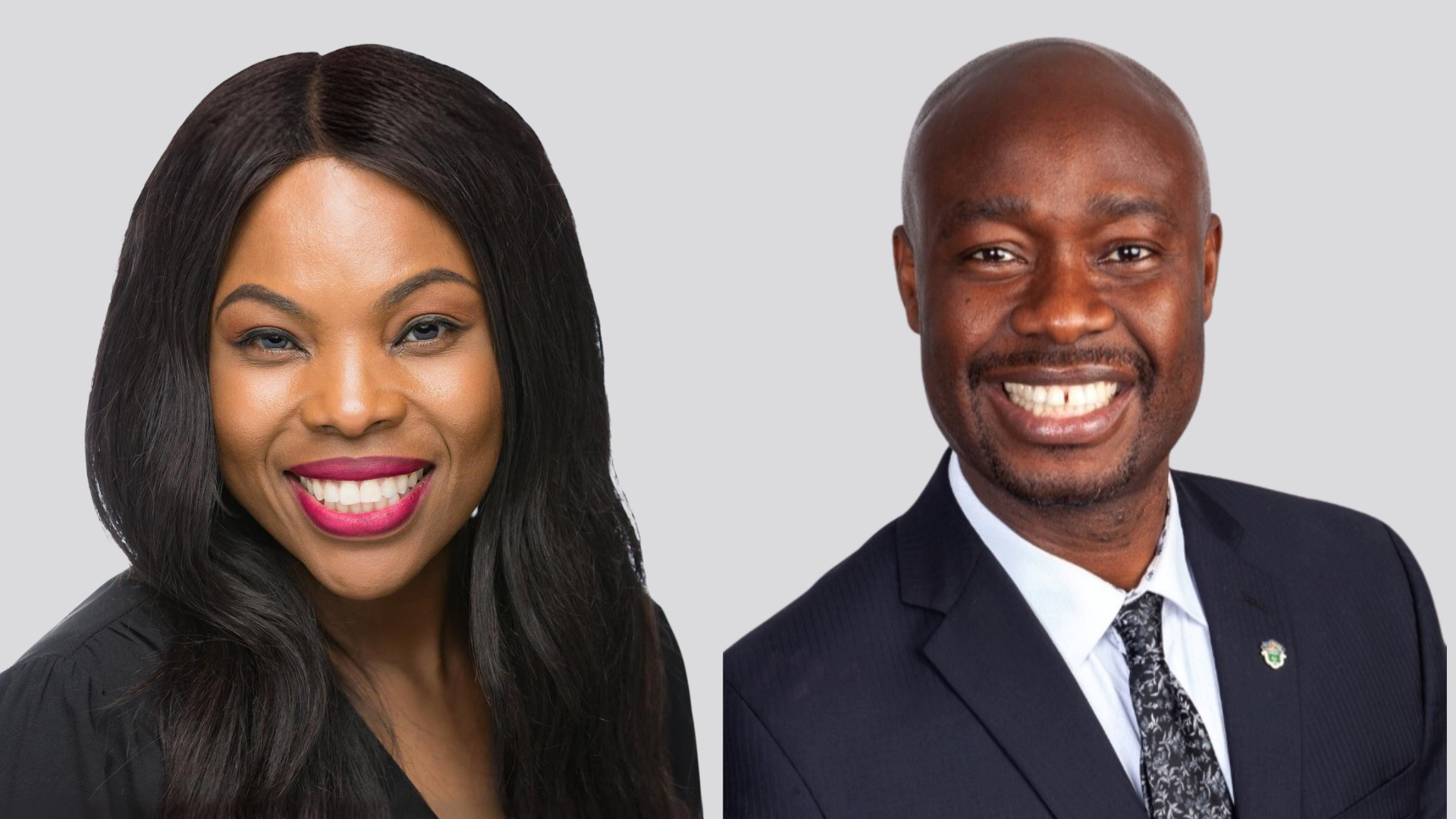




I’m curious as to whether this focus on EDI includes invisible disabilities such as autism, learning differences, etc or is it sticking to BIPOC which seems to be the industry standard?
Hi Elizabeth,
The focus on Equity, Diversity, and Inclusion (EDI) at DSB does indeed encompass invisible disabilities and neurodivergencies. We work closely with the AccessMac Program at McMaster https://accessibility.mcmaster.ca/accessmac/. It is essential for EDI initiatives to be comprehensive and inclusive, recognizing the diverse range of identities and experiences within the McMaster and DSB community.